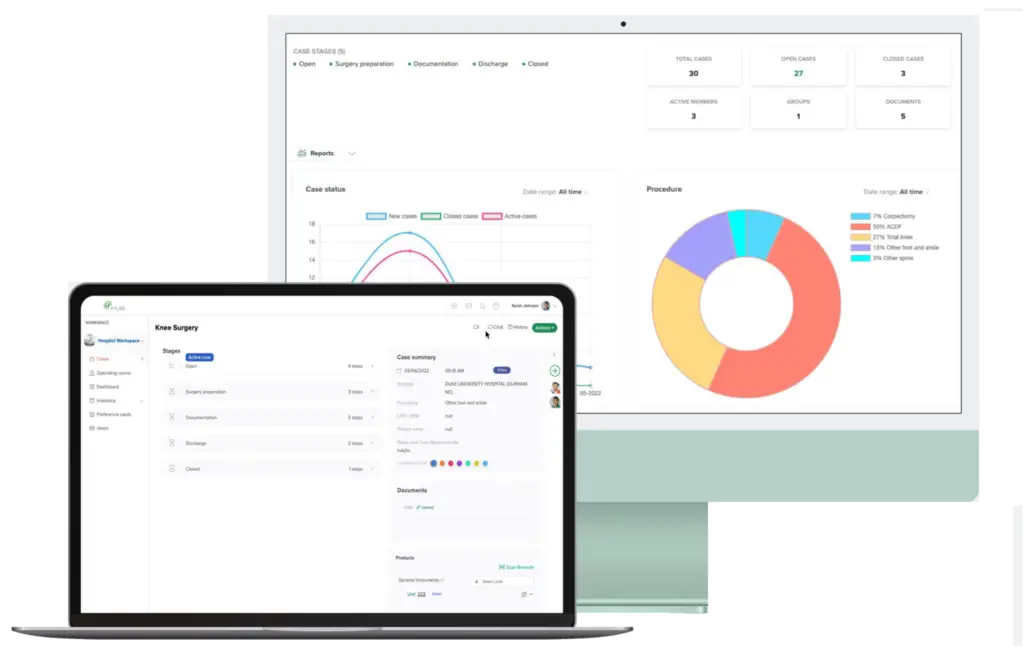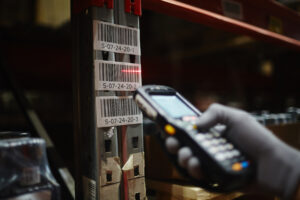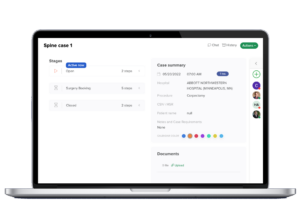Medical devices play a pivotal role in healthcare, offering life-saving treatments and enhancing patient outcomes. However, the growing number of medical devices in use has made their management increasingly challenging. Inefficiencies, increased costs, and patient safety concerns are common issues arising from poor device management. To ensure proper management and maintenance of your medical devices, here are five key strategies you should implement.
1. Implement a Robust Tracking System
To effectively manage your medical devices, start by implementing a robust tracking system. This can be achieved through a blend of manual methods like spreadsheets and advanced digital solutions such as medical device tracking software. By tracking your devices, you can easily locate them, monitor their usage, and quickly identify any potential issues. A good tracking system provides visibility and control, ensuring devices are always where they need to be and are functioning correctly.
2. Conduct Regular Audits
Regular audits are crucial for maintaining the accuracy of your tracking system. These audits involve physically checking and verifying the location and condition of your medical devices. Conducting regular audits helps identify missing or malfunctioning devices promptly, allowing you to take immediate corrective actions. Regular audits also ensure that your tracking system remains reliable and up-to-date.
3. Utilize Barcodes or RFID Tags
Incorporating barcodes or RFID tags into your tracking system is a cost-effective and efficient way to manage your medical devices. By scanning these codes or tags, you can quickly identify and locate devices, as well as track their usage and maintenance history. This method simplifies inventory management and significantly reduces the risk of human error. Barcodes and RFID tags provide real-time data that is essential for effective device management.
4. Train Your Staff Thoroughly
Properly trained staff are essential for maintaining an effective tracking system. Ensure that all employees are well-versed in the tracking process and understand the importance of accurate data entry. Comprehensive training helps prevent errors and ensures that the tracking system operates smoothly. Staff should be regularly updated on any changes or upgrades to the tracking system to maintain high standards of device management.
5. Monitor Maintenance and Calibration
Regular maintenance and calibration of medical devices are vital to ensure they function correctly and provide accurate results. Tracking these activities helps you stay on top of maintenance schedules and identify potential issues before they become significant problems. This proactive approach not only ensures compliance with regulatory requirements but also extends the lifespan of your devices and maintains their reliability. Properly maintained and calibrated devices are crucial for patient safety and effective healthcare delivery.
Conclusion
Effective tracking of medical devices is essential for the efficient and safe operation of healthcare facilities. By implementing a robust tracking system, conducting regular audits, utilizing barcodes or RFID tags, thoroughly training your staff, and monitoring maintenance and calibration, you can ensure the proper management and maintenance of your medical devices. These practices not only improve the efficiency of your facility but also enhance patient care and safety.
Do you have any other tips for tracking medical devices? Share your thoughts in the comments below!






